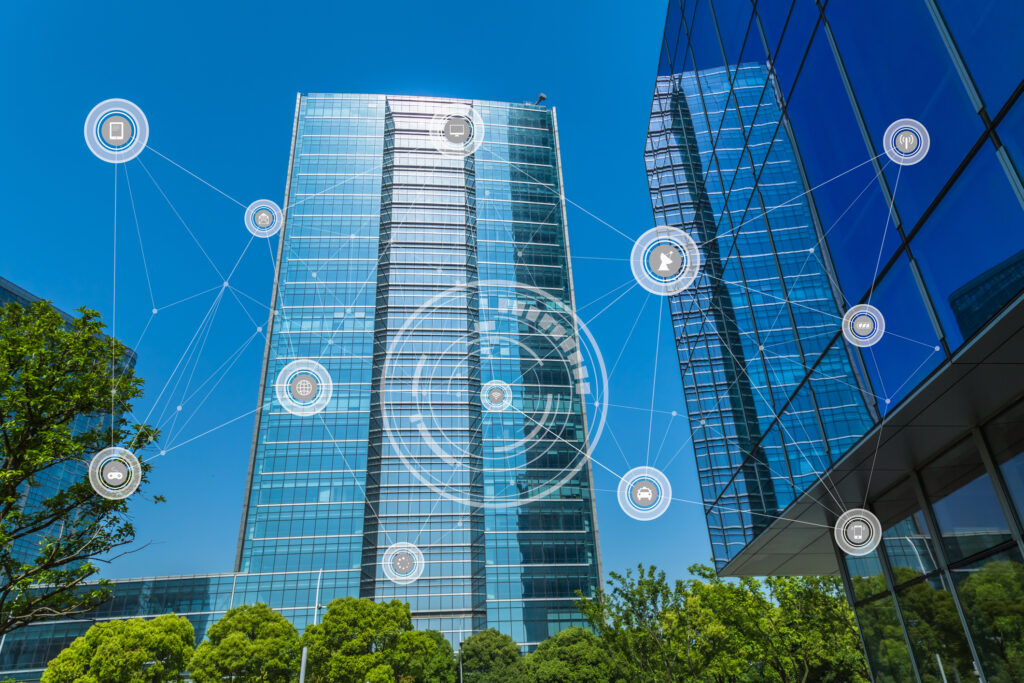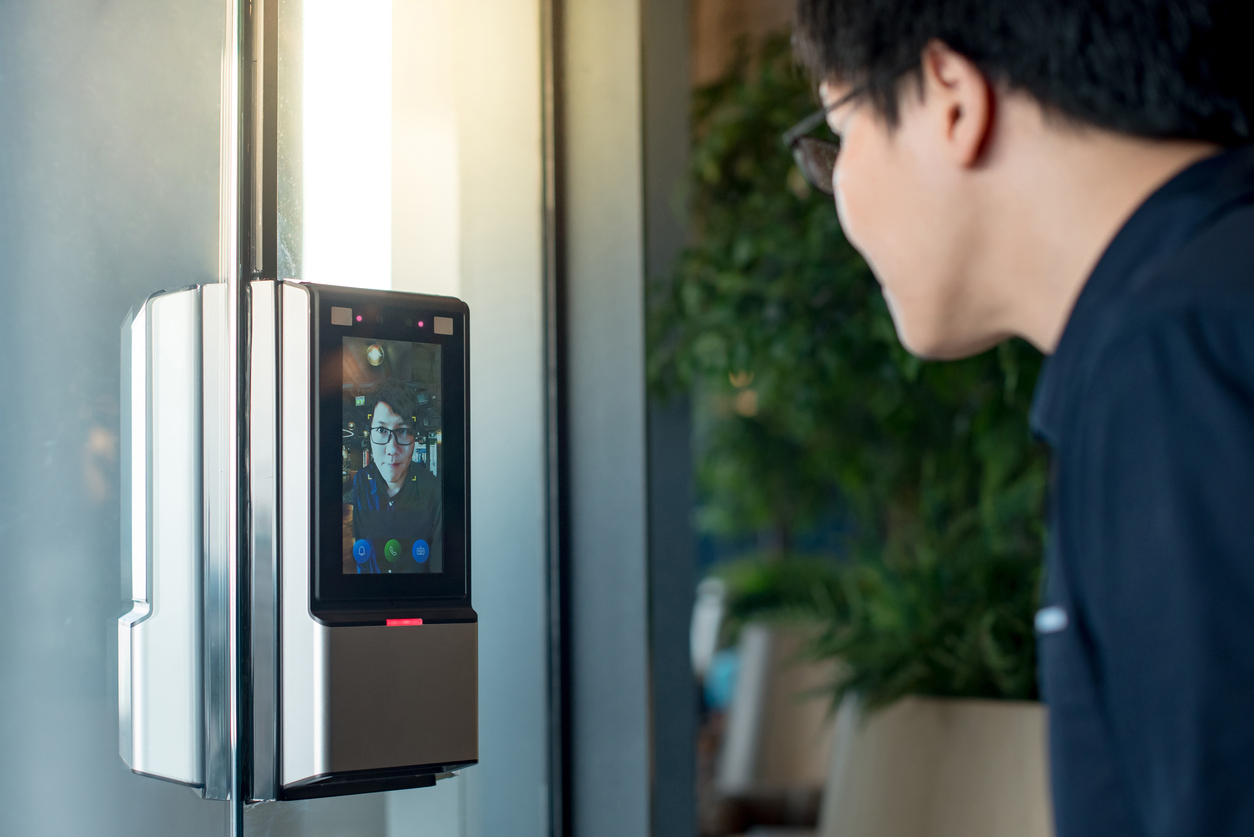As technology continues to evolve, the concept of smart buildings is being taken to new heights with the integration of the Building Internet of Things (BIoT). This next generation of building automation leverages advanced sensors, interconnected devices, and sophisticated data analytics to create more efficient, responsive, and user-friendly environments. This article explores the future of BIoT, its benefits, challenges, and the transformative impact it is having on the way we manage and interact with buildings.
What is BIoT?
Building Internet of Things (BIoT) refers to the integration of IoT technology specifically within the context of building management and automation. Unlike traditional building automation systems that operate in silos, BIoT creates a cohesive, interconnected network of devices and sensors that communicate in real-time. This integration allows for comprehensive monitoring, control, and optimization of various building systems, including HVAC, lighting, security, and more.
The Role of Advanced Sensors and IoT Devices
The backbone of BIoT is the use of advanced sensors and IoT devices. These sensors collect vast amounts of data on various aspects of building performance, such as temperature, humidity, occupancy, and energy consumption. IoT devices then transmit this data to a central system where it can be analyzed and acted upon.
For example, occupancy sensors can detect the presence of people in a room and adjust lighting and HVAC systems accordingly to save energy. Environmental sensors can monitor air quality and trigger ventilation systems to maintain healthy indoor conditions. By continuously gathering and analyzing data, BIoT systems enable buildings to operate more efficiently and adapt to the needs of their occupants in real-time.

Benefits of BIoT
- Enhanced Energy Efficiency: BIoT systems optimize energy use by monitoring and adjusting lighting, heating, and cooling systems based on real-time occupancy and environmental conditions. This leads to significant energy savings and reduced carbon footprints.
- Improved Occupant Comfort and Productivity: By creating adaptive environments that respond to the needs and preferences of occupants, BIoT enhances comfort and productivity. For example, lighting systems can adjust to mimic natural light cycles, improving occupant well-being and reducing fatigue.
- Predictive Maintenance and Reduced Downtime: BIoT enables predictive maintenance by continuously monitoring the health of building systems and identifying potential issues before they lead to failures. This proactive approach minimizes downtime and extends the lifespan of building equipment.
- Comprehensive Data Analytics: The vast amount of data collected by BIoT systems can be analyzed to gain insights into building performance and identify opportunities for improvement. Advanced analytics can detect patterns and anomalies, helping facility managers make informed decisions and optimize building operations.
Challenges of Implementing BIoT
Despite its many benefits, implementing BIoT is not without challenges. One of the primary challenges is the integration of diverse systems and devices. Many buildings have legacy systems that may not be compatible with modern IoT technology. Ensuring seamless communication and interoperability between different systems requires careful planning and investment.
Data security is another critical concern. As building systems become more interconnected, they also become more vulnerable to cyber threats. Protecting sensitive data and ensuring the security of building automation systems is paramount.
Additionally, the initial cost of implementing BIoT can be high. While the long-term savings and benefits often justify the investment, securing the necessary funding and resources can be a barrier for some organizations.
Case Studies: Real-World Applications of BIoT
Several real-world examples illustrate the transformative impact of BIoT. One notable example is The Edge in Amsterdam, known as the world’s most sustainable office building. The Edge uses a sophisticated BIoT system that integrates IoT sensors, AI, and data analytics to optimize energy consumption, enhance occupant comfort, and improve space utilization. This innovative approach has resulted in significant energy savings and superior occupant experience.
Another example is the Willis Tower in Chicago, which has implemented a comprehensive building automation system that leverages BIoT technology. This system has led to substantial energy savings and improved tenant satisfaction by optimizing HVAC, lighting, and security systems based on real-time data.

The Future of BIoT
The future of BIoT looks promising, with continued advancements in technology driving further innovation. Emerging technologies such as 5G, edge computing, and blockchain are set to enhance the capabilities of BIoT systems, enabling faster data processing, improved security, and more robust connectivity.
As buildings become more intelligent and interconnected, the potential for BIoT to transform the built environment will continue to grow. By embracing BIoT, facility managers can create smarter, more efficient, and more responsive buildings that meet the evolving needs of occupants and stakeholders.
In conclusion, the integration of BIoT represents a significant leap forward in building automation. By harnessing the power of advanced sensors, IoT devices, and data analytics, BIoT creates a cohesive and intelligent building management system that enhances energy efficiency, occupant comfort, and overall building performance. While challenges remain, the benefits of BIoT make it a compelling and transformative technology for the future of smart buildings.

